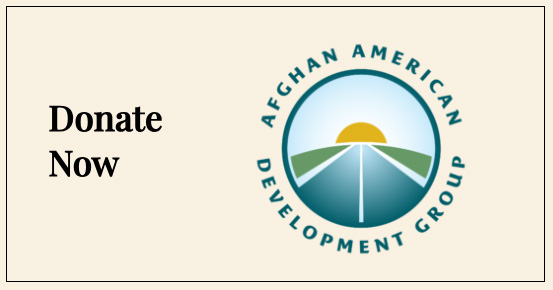History
of AAF
The origins of the Afghan Air Force trace back to 1921 under the reign of King Amanullah Khan, when he established the Royal Afghan Air Force. A bi-plane, the Avro 504, was one of the first aircraft to be used by the new aerial power. For the purposes of our organization, we fast-forward to Operation Enduring Freedom when the United States entered Afghanistan in late 2001 in pursuit of the Taliban, Al Qaeda, and other terrorist organizations in what would be known as the Global War on Terror. When the Taliban were ousted from power by U.S. led coalition forces, all that remained in the Afghan Air Force were a few Russian made helicopters.

In 2005, the U.S. military commenced and led an international effort to rebuild the Afghan Air Force, which at one time was replete with jet fighters, bombers, and attack helicopters. In 2008, President Hamid Karzai presided over the inaugural ceremony commissioning the new Air Wing Headquarters adjacent to Kabul International Airport. The United States supplied fixed and rotor wing aircraft as part of the rebuild, and in 2009, the first Afghan pilots deployed to the United States to begin language training, instrument training, and undergraduate pilot training on a variety of military bases in Texas, Georgia, Mississippi, Alabama, Oklahoma, Florida, New Mexico, and Arkansas. Many came from the Air Force Academy of Afghanistan and the National Military Academy of Afghanistan – modeled after the U.S. Army’s West Point. Most went to the United States on multiple deployments comprising years away from families and country as America’s biggest allies in the Global War on Terror. Funded by U.S. taxpayers, the Afghan aviation personnel received the same training as their American military counterparts. They lived on U.S. bases and traveled around the country during time off from busy training schedules.
By early 2011, the Afghan Air Force had 44 rotary-wing and 13 fixed-wing aircraft in its arsenal. The country, comprised of mostly rugged terrain, relied on airlift of soldiers and supplies, medical and casualty evacuation, and transport of human remains. By late October 2011, the Afghan Air Force awaited the arrival of 145 multi-type aircraft and 21 additional helicopters and had grown to a total of 4,900 airmen and personnel.
By 2016, the Afghan Air Force had almost doubled in size with continued expansion in infrastructure, training and maintenance facilities, and the purchase of additional airframes, including Russian Mi 17 helicopters, MD 530 helicopters, UH 60 helicopters, and fixed-wing such as C 130’s, Cessna 182 and 208’s. Afghan pilots continued to train in the United States, and many returned for second and third deployments. Over the course of the next few years, the Afghan Air Force grew to over 10,000 men and women and incorporated a new fleet of A 29 single engine, light-attack aircraft designed for the terrain of Afghanistan.
Your support means the world
Our success depends on the generosity of individuals like you. Whether you choose to donate your time or contribute financially, you are an essential part of our mission to give our allies a safe landing. We are a designated non-profit 501(c)(3) organization by the IRS. Your charitable contributions are tax-deductible to the fullest extent provided by State and Federal Law.

